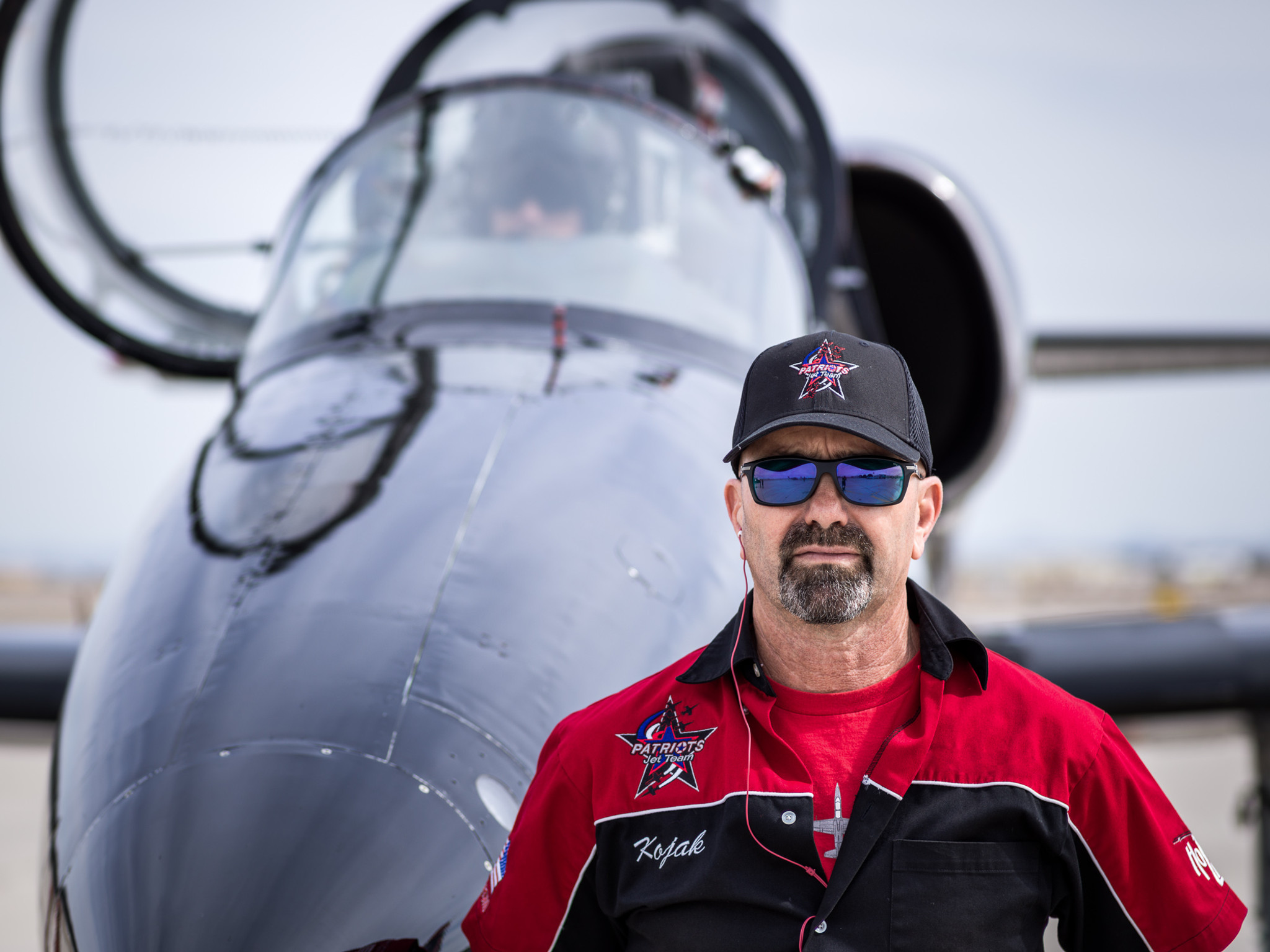
Why Do Pilots Wear Aviator Sunglasses?
Have you ever wondered where aviator sunglasses came from? This fashion-forward style was designed with a purpose in mind.
In the early 1900s, as pilots began flying at higher and higher elevations, eye protection became invaluable for any aviator worth their salt. Original aviator goggles had fur around the edges and completely sealed the eyes from freezing gusts that hammered through exposed cockpits. However, these early aviator goggles fogged up easily, meaning that pilots had to remove them in order to see. Flying at altitude without proper eye protection can cause eyes to swell—and even essentially freeze. If that isn’t bad enough, the intense brightness can be blinding.
This swelling effect happened to one pilot named Shorty Schroeder. After Schroder removed his goggles, his vision immediately began to deteriorate. Luckily, he was able to land that day, but his friend John Macready was troubled by the sight of his swollen eyes. A pilot himself, Macready knew the painful effects of the bright sun on his own eyes.
This prompted Macready to develop more effective goggles for pilots. Working with Bausch & Lomb, he designed the first aviator sunglasses. With darkened lenses and a teardrop shape, these aviator sunglasses protected pilots' eyes and covered peripheral vision better than spectacles. Macready’s design was adopted by the military and became standard issue for pilots. Aviator sunglasses were catapulted into American culture when Douglas MacArthur was photographed wearing them as he retook the Philippines in World War 2.
As optics technology has improved over the past century, aviator sunglasses have improved as well. Method Seven designs aviator sunglasses with notch-filtering technology. These non-polarized sunglasses allow pilots to see the instrument panel clearly, and they are headset and oxygen-mask compatible. Just as the pilots of 90 years ago needed better technology to reach new heights, the pilots of today need equipment that helps them push the limits.


